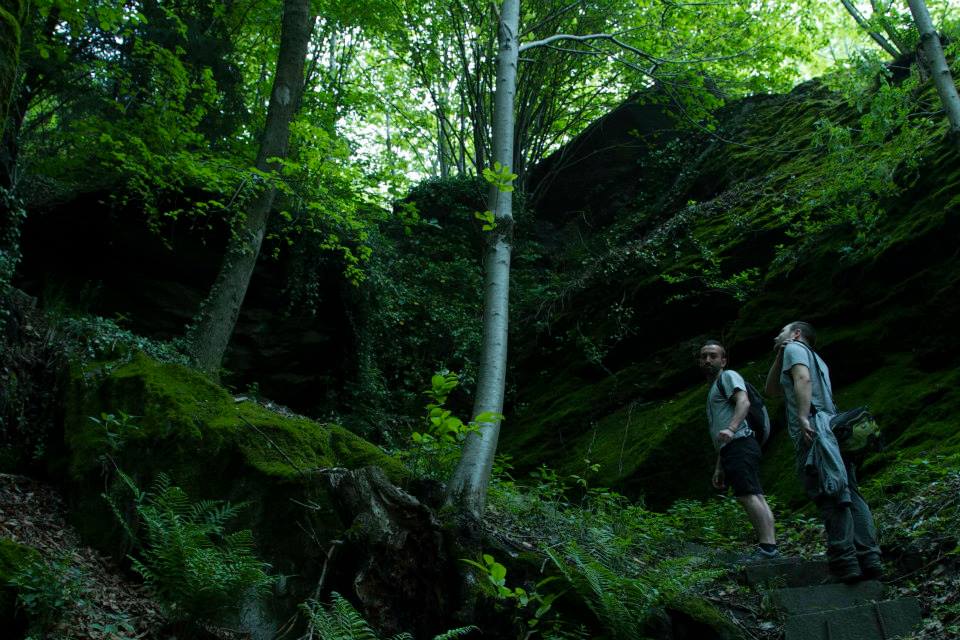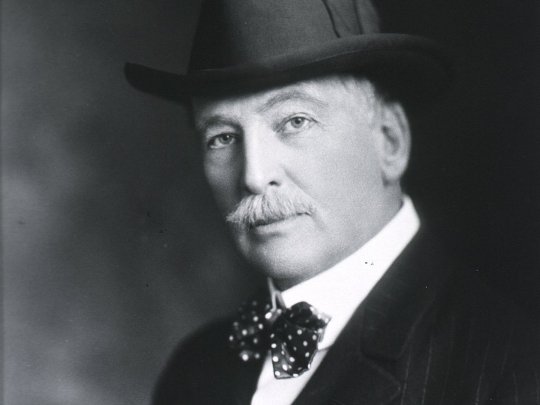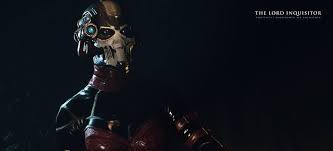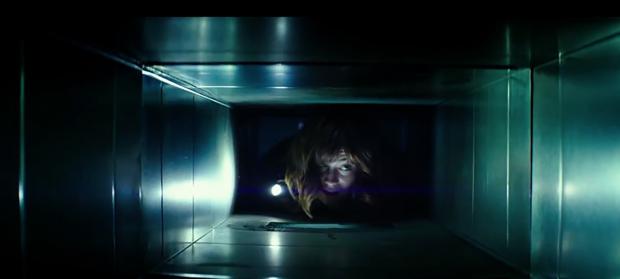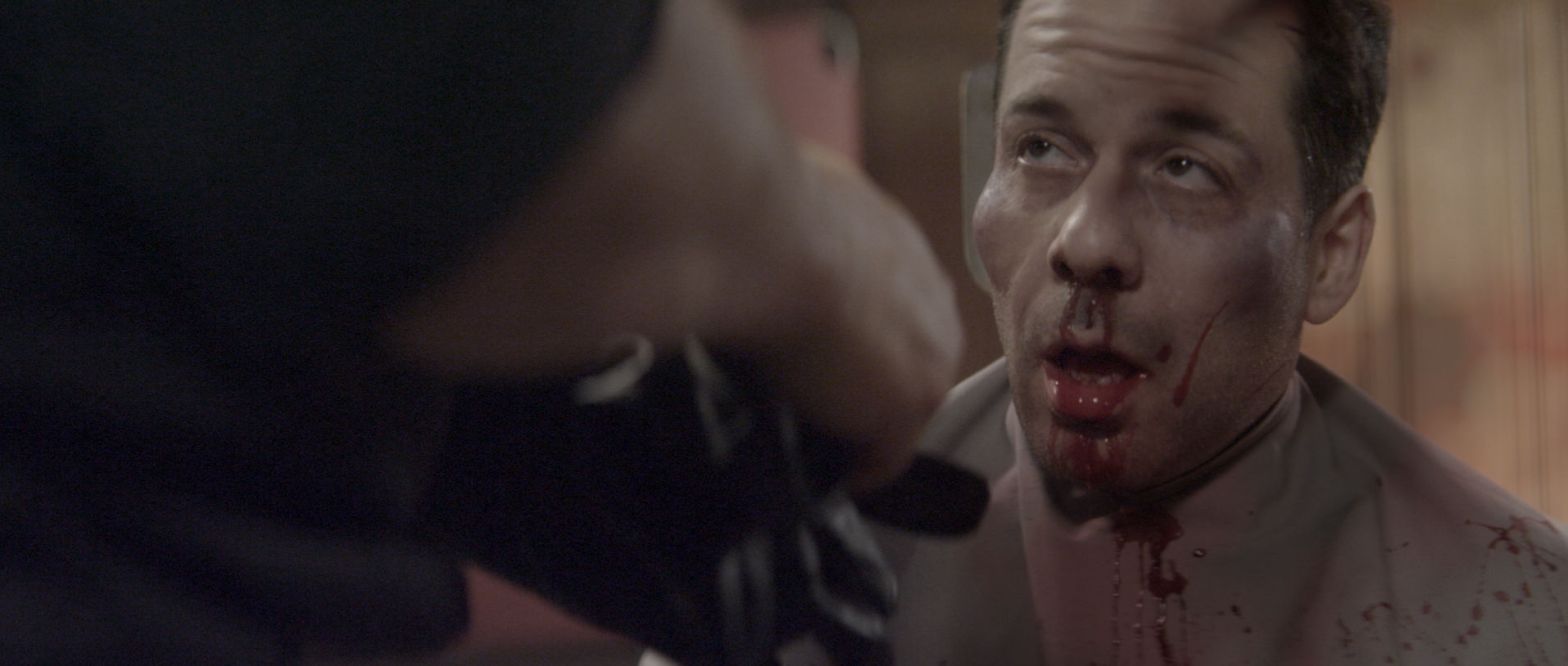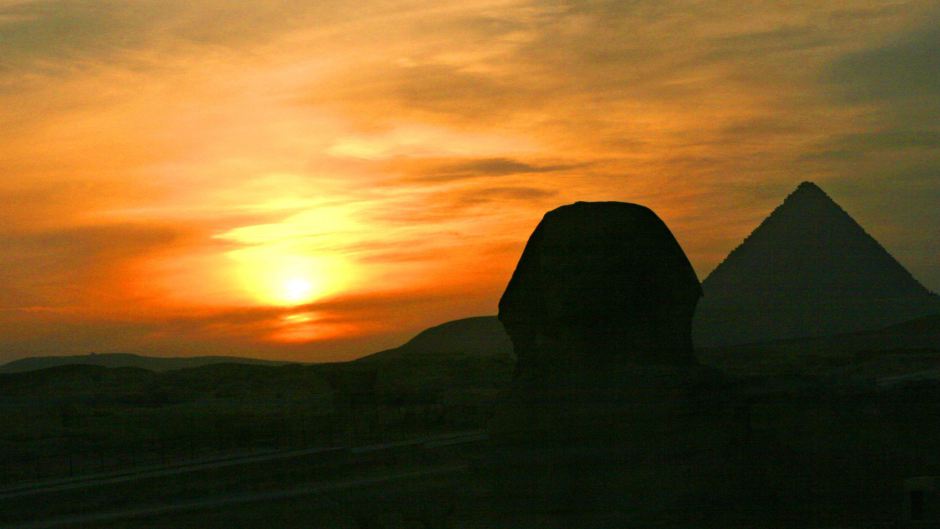Menos es Más Producciones Amazing festival! Great organization and communication throughout the whole process. We loved to receive the audience feedback, since we weren´t able to attend. Hopefully, we can meet everyone next year! Submit via FilmFreeway, the exclusive way our festival accepts submissions.:
Category: MURDER Stories
HIGHLIGHTS & VIDEOS: April 2017 HORROR/THRILLER Film Festival
AUDIENCE FESTIVAL AWARDS Best Film: STILL Best Performances: THE PROWLER Best Cinematography: OTHERS LIKE YOU Best Music: The music from SHELTERED WATCH the Audience FEEDBACK Videos from each film: KONG’s, 10min, USA, Crime/Thriller WATCH Audience FEEDBACK OLIVER’S LANDING, 7min, USA, Thriller/Drama WATCH Audience FEEDBACK OTHERS LIKE YOU, 17min, Italy, Horror/Thriller WATCH Audience FEEDBACK THE PROWLER,… Continue reading HIGHLIGHTS & VIDEOS: April 2017 HORROR/THRILLER Film Festival
2016 Horror Screenplays from the Festival
Submit your Horror Screenplay to the Festival Today: https://festivalforhorror.com/ TV PILOT – MIDLIFE CRISIS December 2016 Reading Written by Erica Barfield Peterson SHORT Screenplay – BLOOD DRIVE December 2016 Reading Written by Myka J. Friscia BEST SCENE Screenplay – THE WORK OF ZOMBIES December 2016 Reading Written by Patricia Semler 1st SCENE Screenplay – YOU’VE… Continue reading 2016 Horror Screenplays from the Festival
Feature Screenplay Reading: FIEND, by Jeff York
I love those that embrace horror, and it seemed like a wonderful opportunity to connect with similar fans of the genre. The notes I received were superb, and I incorporated all the terrific suggestions into the rewrite of the script that was recorded. So thanks for making it better!
Horror Best Scene Screenplay Reading from IX, by Eric Irizarry
Watch the June 2016 Winning Horror Best Scene Reading.
IX, by Eric Irizarry
Watch the April 2016 Horror Feature Screenplay Reading
Submit your Horror Screenplay to the Festival Today: https://festivalforhorror.com/
Feature Script: DEAD NORTH
by Alexander Nachaj
DAWN OF THE DEAD (1978) Directed by George A. Romero
The commentary Romero provides in his Living Dead series is stuff worthy of academic study. In each of his films he tackles several issues relevant to the public during the era, and integrates them seamlessly enough into his films that the true fear factor can appear in many ways other than the shambling dead invading the city streets. In Dawn of the Dead, Romero’s second of the trilogy, he follows up his original masterpiece with an amazing sequel. He certainly does not disappoint, and created a classic that has survived the test of time.
Watch Best Scene Horror GATES OF HELL Screenplay Reading by Pamela Green
Submit your Horror Screenplay to the Festival Today: https://festivalforhorror.com/about/
February 2016 Short Film Festival Highlights
The theme of the FEBRUARY Horror/Thriller 2016 FILM FESTIVAL was:
“GOOD IS BAD”.
SCREAMWRITER, Horror Short Script Table Reading
Submit your Horror Screenplay to the Festival Today: https://festivalforhorror.com/about/
SCREAMWRITER, Short Script Reading
Written by Lee Forgang
